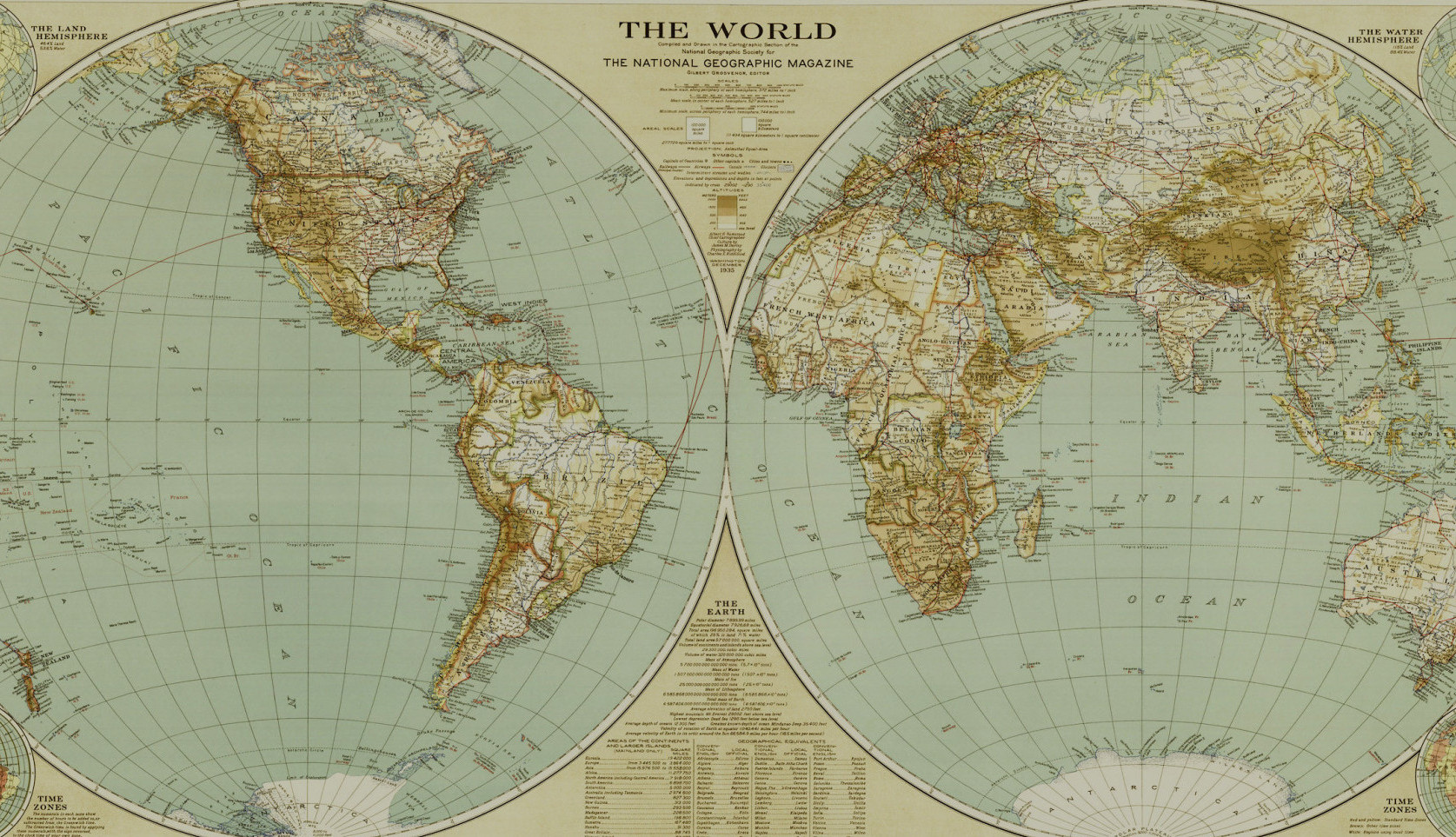I’m spending month five of Global Archaeology with a large team of archaeologists and volunteers at the Pinnacle Point cave shelter site in South Africa. The team is investigating the earliest evidence for human coastal foraging and the excavations are unearthing stratigraphy that dates from 50 000 years ago to as much as 90 000 years ago! The lives of the humans who occupied the cave shelter would have been very different to how we live today and this excavation helps to shed light on this early chapter in our shared human story.
The Pinnacle Point site is made up of a series of cave shelters now located on sea cliffs on the southern coast of South Africa. The cave shelter currently under excavation, 5/6, is very close to the water’s edge, but in the past the coastline was much further away and those living there 50 to 90 000 years ago would have gazed out over open grassland. People weren’t just collecting shellfish that were on their doorstep: they were conducting organised foraging. They clearly understood the tides on what can be a very dangerous coastline and were able to organise groups to collect shellfish at low tide and bring it back home to share.
The archaeological material that is being excavated at Pinnacle Point is very complex. It takes years of excavation, analysis and interpretation to reach conclusions from such ancient data. In order to keep it all straight the team leaders have developed a high tech system the likes of I’ve never encountered before! Although the cave shelter site is located in a remote area and all the gear has to be walked in and out every morning and evening, it is fully wired for electricity. Not only is there hot tea and coffee for breaks (hooray!) all information is recorded directly onto total stations, tablets and laptops, allowing for data to be processed very quickly.
A really innovative technique developed by the Pinnacle Point team is the use of barcode scanners to record all artefacts, samples, sieved buckets and archaeological features (lot numbers, stratigraphic units, contexts, etc.). The barcode scanners are directly connected to a total station (a high tech piece of survey equipment that makes digital 3D maps). Each time an artefact is found its coordinate in 3D space is plotted with the total station and this information is stored in a tablet. A barcode is then scanned and put in a bag with the artefact – each artefact gets its own individual barcode. Since the archaeological feature the artefact came from also has a barcode (previously scanned into the system) when the artefacts are analysed and catalogued back at the lab the barcode is simply scanned again to access all data associated with that artefact and the location it came from in the excavation.
The barcode system cuts down on the amount of paperwork being done on-site and as a result reduces human error. It also almost completely removes the very time consuming post-excavation process of data entry! All that needs to be digitised after a field season are the excavator’s notebooks used to record observations about the sediment they are excavating, methods being used and any bit of information that may help to better understand what was done onsite. In addition to the notebooks, specific forms and logs are filled out on a master tablet that is the responsibility of a Site Recorder. Each stratigraphic unit excavated has its own form, there are also logs for all photographs taken, specialist samples collected, bucket’s sieved and lot numbers designated to particular stratigraphic units.
There are two recorders on site and the each is responsible for all the forms and logs for half the excavation. The excavators and recorders work together to ensure that all information logged is correct: the sediment excavated (its colour, texture, moisture level and composition), the artefacts uncovered (types, amount, orientation and distribution), samples collected, photographs taken, and much more. Tablets are great pieces of tech for doing this type of work! They are lightweight and mobile so can easily be carried around an archaeological site from excavator to excavator. A really nice feature is the ability to take a photo with the tablet, draw on the photo and make notes related to what was excavated and what still needs to be excavated, then upload it directly onto the stratigraphic unit form on the tablet.
When over 50 000 artefacts are being collected over the course of one field season precision and organisation is paramount! There is a lot riding on the site recorders – they have to ensure that all data is logged correctly and nothing is left out. I got to experience being a recorder firsthand at PP 5/6 and there was hardly a spare moment! It is amazing to see the activity on site with excavators furiously digging, the site recorders moving between their workstation and the excavators, and five total stations being run simultaneously to keep up with the amount of archaeology being revealed.
It is really exciting to experience firsthand the future of archaeological excavation and recording! If you are interested in the barcode scanning system developed by the Pinnacle Point team have a look at this article. So much has been, and still will be, learned about humankind from collecting this level of detail at such an important early site. I’m sure more amazing results will be revealed after this field season.
